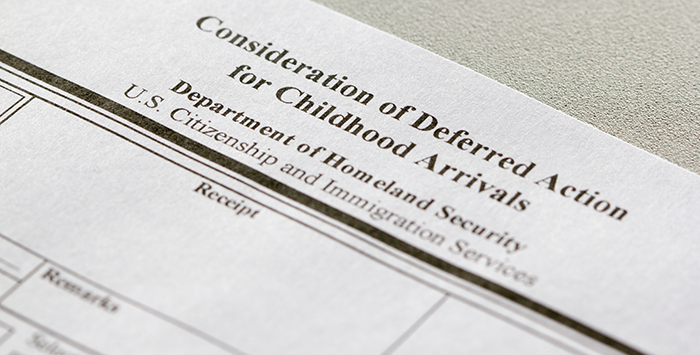The One Big Beautiful Bill Act (OBBBA), passed into law in July 2025, includes the largest set of taxA tax is a mandatory payment or charge collected by local, state, and national governments from individuals or businesses to cover the costs of general government services, goods, and activities. cuts for individuals and businesses since the 2017 Tax Cuts and Jobs Act (TCJA). One major goal of the OBBBA is to encourage greater domestic investment for tangible production in the United States. As measured by the change in tax liability in 2026 and over the budget window, the OBBBA provides the biggest benefit to corporations in manufacturing and less to those in service industries.
For corporations, the OBBBA revives and makes permanent 100 percent bonus depreciationDepreciation is a measurement of the “useful life” of a business asset, such as machinery or a factory, to determine the multiyear period over which the cost of that asset can be deducted from taxable income. Instead of allowing businesses to deduct the cost of investments immediately (i.e., full expensing), depreciation requires deductions to be taken over time, reducing their value and disco for short-lived investments, repeals five-year amortization of domestic research and development (R&D) expenses in favor of immediate expensing of R&D, and makes permanent a more generous limitation for interest deductions. The new law also creates a new 100 percent deduction for structures associated with tangible production, temporarily available for buildings placed into service before 2031, and reforms the international tax system.
While these tax changes reduce tax liabilities for most C corporations, the size of the tax cuts has different impacts depending on the corporation’s industry and related operations. Using Tax Foundation’s Taxes and Growth Model, we find that corporations in manufacturing, information, and mining will see the largest reduction in tax liability in 2026 as a share of their value added. As a group, C corporations will see a 0.6 percent reduction in tax liability as a portion of 2023 value added in 2026, amounting to $137.2 billion.
Table 1. Net Tax Cuts by Industry for C Corporations from the One Big Beautiful Bill Act (OBBBA) in Nominal Dollars and as a Portion of 2023 Value Added, 2026
Note: Tax changes include the OBBBA’s permanent 100 percent bonus depreciation and R&D expensing, a more generous interest limitation based on EBITDA, the new temporary 100 percent deduction for qualifying structures, and the international tax changes.Source: Tax Foundation General Equilibrium Model, August 2025; Bureau of Economic Analysis, Value-Added by Industry Table.
Over the 2025-2035 budget window, corporations in the manufacturing; information; and finance, insurance, and management sectors will see the largest nominal reduction in tax liability. Of the $947.2 billion in tax liability reductions from 2025-2035 for C corporations, $422.6 billion will accrue to firms in manufacturing and $136.0 billion to firms in the information sector.
On the other side, corporations in the construction, administrative services, and accommodation industries will see small reductions in tax liability over 10 years. Construction stands out as one industry focused on tangible domestic production with a small change in tax liability relative to value added post-OBBBA.
Reductions in tax liability are not necessarily the best way to evaluate how the OBBBA tax provisions change incentives for corporate investment in the US, as changes in tax liabilities reflect changes in average tax rates rather than marginal tax rates.
However, many of the OBBBA corporate tax changes, such as expensing for large categories of capital investment, reduce marginal effective tax rates, increasing long-run investment and economic growth. Changes in corporate tax liabilities from the OBBBA by industry are often paired with changes in marginal incentives to invest.
The industry breakdown of the OBBBA corporate tax cuts shows firms in industries involved with tangible production, such as manufacturing, are the biggest winners, as measured by changes in tax liability.
Stay informed on the tax policies impacting you.
Subscribe to get insights from our trusted experts delivered straight to your inbox.
Subscribe
Share this article


























